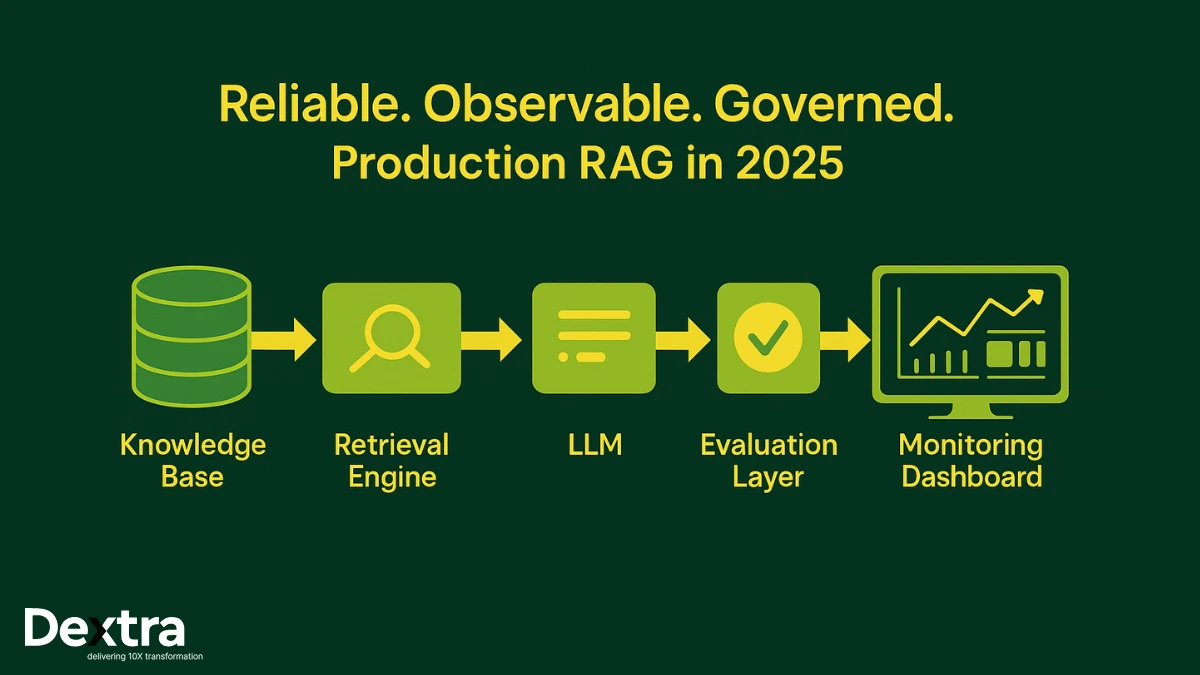- What is Staff Augmentation?
In the recent digital landscape and post-pandemic, the scope of staff augmentation is reaching new heights and still expanding in all industries. It was necessary to fill the gap in the potential sectors of businesses and startups to attain maximum output in the operational chain. Staff augmentation reduces the nationality barrier to exporting the best talent from anywhere in the world for ultimate business growth. Therefore, workforce management is considered a productive hiring tool in the supply chain, and talent-management agencies use it for skilled resource augmentation.
In this article, we discuss the detailed scope of staff augmentation, starting from the IT industry and now approximately covering all industries with lineament benefits and the best-matched technique for your business or startups.
What is Staff Augmentation?
Staff augmentation is the primary technique for outsourcing the best talent in your business line, according to the project requirement for ultimate project management and on-time completion. In this talent hiring process, companies hire quality talent across the globe, resonating with their requirements and considered as quality integration for maximum output.
This technique involves evaluating talent comparison between the existing staff and the new face for the project role in a more dedicated approach by breaking the project into smaller divisions and role allocation. Moreover, talent acquisition can determine the project’s success with the best integration and abundant use of the company’s resources for maximum results in a limited time frame.
How Does Staff Augmentation Work?
The staff augmentation process seems easy, but it is challenging for many industries worldwide, depending on the staff hired under this result-oriented technique. Sometimes, the staff cannot meet expectations, damaging the business chain. Therefore, it is essential to know the basic parameters before initiating the hiring under staff augmentation to fill the industrial workforce gap.
Companies hire staff for multiple roles when they don’t find quality talent in their areas for a specific role requiring significant creativity and project understanding. Depending on the project’s health, many factors must be considered before selecting a new face for an existing role in the company, such as an active remote working background, resource allocation, qualifications, and more.
Staff augmentation was initially started in the Information Technology (IT) sector. Later, it covered all the business channels and startups for beneficial roles and attaining business objectives in competitive marketing landscapes.
Staff Augmentation vs Outsourcing?
As we read earlier, staff augmentation is the systematic model of hiring skilled employees to fill the sudden workforce gap for short—or long-term goals, depending on the project’s nature. For instance, if a new startup wants to hire a business consultant for smooth operations and ultimate business outcomes in a competitive market, this model comes under resource augmentation.
On the other side, outsourcing is the management of the workforce by delegating some project segments or whole projects to a third party under tight deadlines and quality project delivery. For instance, a marketing agency in the United States is handing over its social media marketing campaign designs to a marketing agency in another world.
Comparatively, there is a massive difference between staff augmentation and outsourcing because of their different hiring and power-delegating models. Staff augmentation suits those operational businesses operating remotely, and the companies hire workers whenever they win a project. Outsourcing can be beneficial for delegating powerful resources to another dedicated team for the completion of tasks that require working on multiple projects.
Staff Augmentation vs Managed Services
Types of Staff Augmentation
The staff augmentation model offers several options for choosing the best technique for your project requirements. We explain some critical models in detail below.
1- Short-Term Augmentation
This augmentation model is associated with the short-term for filling a small gap in the whole team management. Companies and startups can often design a project into smaller divisions to delegate the team roles. If some role experts are missing, they can fill a team gap. Usually, the teams hire for a maximum period of six months, but it can be less or more depending on the project’s efficiency and completion length. For Instance, if a book writer wants to hire a writing service provider over a digital platform, they can hire them for a short period under a month’s contract.
2- Long-Term Augmentation
Big tech companies or IT startups can hire a skilled worker or developer for a longer period of six months to one year for a long-term project. Companies with longer projects or those handling multiple projects under their supervision hire workers under a long-term augmentation model. In this augmentation model, companies can use their resources reliably and efficiently by cutting operational and managerial costs. They can observe maximum output by leveraging their remote working policies.
For instance, a tech company hiring a Front-end, Back-end, PHP, or any website developer can benefit their long-term role if they handle multiple clients with delivery variations.
3- Skilled-Base Augmentation
Are you wondering how companies can hire skilled-based employees? Well, it is not quite challenging to understand the basics of skills-based hiring. Many companies worldwide hire skilled employees for their job roles that can be handled remotely. These roles can be short-term or long-term depending on their nature, but experienced employees are usually hired for a short period or a specific period and project.
Let’s understand this role with a suitable example; suppose a company wants to add a customer chat support system to their website or a call to action button to their desired landing pages; they can think of hiring a skilled worker for this short role.
4- Project-Based Augmentation
Some companies run their business model project-to-project basis according to their expertise. Therefore, companies hire remote workers fit for their job posted roles according to their requirements. These companies are experts in specialized projects, so they work within their domain by hiring extra-talented employees for short project roles. The augmented employees collaborate with the official team for a better understanding by streamlining their communication channels to update them with recent updates and feedback.
Numerous examples help explain this model. For instance, if a brand is interested in rebranding the colour integration and remodelling the logo and digital presence by converting its business domain, it can hire a dedicated employee team for the project.
5- Gig-Platform Augmentation
Many digital platforms allow freelancers worldwide to showcase their expertise to potential clients and reliable income streaming mediums. These platforms allow freelancers to apply for specific jobs for short and long-term projects posted on these platforms, following their expertise. With a clear deadline, they can filter out the best talent for their position to integrate the new talent into their team for a specific role under their project. Some platforms are Upwork, Fiverr, and many other mediums to apply for a particular role.
6- Direct Augmentation
Remote workers can be directly hired by the industrial experts to add to their team for a collaborative working environment for project success. These employees usually post their profiles on digital platforms like Fiverr, and employers worldwide can hire their team members by looking at their expertise and profile authenticity fitting for their desired position.
Benefits of Staff Augmentation Services
1- Virtual Workforce Management
Staff augmentation boosts the project and the company’s productivity by integrating the best talent into their teams, strengthening the employee management channel and its outputs. These augmentation channels also help the employees or project heads hire their team members from their desired areas and expertise for successful project completion.
2- Economic Budgeting
Promoting the staff augmentation process boosts the cost-saving culture and encourages an employee freedom culture. This process comes with various benefits for successful team building, residing in different places in the world, in a controlled and manageable collaborative system through proper communication for their business performance. These remote cultures overcome their official and monitoring expenses, and that cost turns beneficial to increase their resources in a limited time.
3- Access to Industrial Experts
Exploring all digital channels and hiring staff around the globe can determine the actual values of the company’s stability and empower the business channel to streamline the power of sustainability. These models can connect the business owner to the ultimate industrial expert for professional collaboration and versatility in their working domain. This model is consistently rated as one of the best in staff augmentation, with many benefits and perks for smooth business operations and resource allocation.
4- Talent-Allocation
Staff augmentation is accelerating the competency and evaluating the basics of talent allocation to multiple resources on multiple projects under a tight deadline. Some remarkable achievements are promoting these augmentation processes covering many companies and industries such as marketing, construction, etc. One-time hiring talent can be allocated to other employers or referred to another project team to utilize their expertise for maximizing the industrial potential.
5- Overcoming Recruitment Channels
Staff augmentation models provide numerous benefits to development teams and businesses, including the hiring of quality talent and the filtration process for relevant expertise. Therefore, the augmentation model surpasses the basic HR infrastructure to enlarge the hiring process, evolving into different agencies and parameters.
6- Flexibility
Augmentation provides businesses with the flexibility to adjust talent according to requirements, continuously changing feedback, and market experience. Moreover, it plays an assistive role in scaling business units and startups in accordance with project loads. Therefore, these plug-ins can boost overall productivity and face market challenges with more dedicated and problem-solving methods.
7- Fast Project Completion
The major benefit of these talent acquisition methods is that they can increase productivity and help complete projects in a controlled manner. With the help of passionate potential teams, these projects can be achieved within the deadline period. The merit of early project completion can display a significant profile in the competitive market.
Some Cons of Staff Augmentation
1- Collaboration and Communication Issues
Staff are usually hired from different sides of the world, developing their own culture and operational activities, which causes collaboration issues in the team. The collaboration in their teams can damage the project efficiency and also create communication barriers, even with the best talent in the team. These collaborative and communicative approaches are the major obstacles in acquiring a suitable candidate for your team ora newly built startup.
2- Lack of Team’s Vision Knowledge
Each company is not specialized in every project. Therefore, every candidate is suitable for working in the team under a team leader form a distant approach. These obstacles can hit the project and the overall efficiency of the team by not following the team leader’s vision. Therefore, lacking team power cannot help achieve the desired goals in a competitive market.
3- Paychecks and Security Issues
Payment gateway is a universal issue in the line of providing quality services and maintaining a key balance between the employer and employee. Moreover, it comes with many issues in paying checks and working according to their requirements.
FAQ’s
Q. Does staff augmentation comply with outsourcing?
Experts have differing opinions about the accurate definition of augmentation and outsourcing with a scalable approach. Augmentation provides the talent to fill a small gap, while outsourcing refers to delegating the project power to another team (third party). Therefore, it is a clear difference between these two terminologies to advocate the business channel.
Q. Which business models are fit for staff augmentation?
Staff augmentation was initiated in Information Technology (IT) in the early 20s. It has covered a significant milestone in applying all industrial and traditional business entities to secure a talent placement space, overcoming all the HR roles and crucial routes of hiring in the modern-day approach. These roles display the importance of suitable roles in the staff augmentation channel to hire the best-fit workers for remote roles across the world.
Q. How to choose the best talent for your project under resource augmentation?
The stages of hiring the best talent following the staff augmentation process are easy: filter the best talent according to the project requirements by compiling industrial fundamentals. In this process, companies can hire talent from across the world by uploading their project details on digital channels and promoting online job-hunting websites and other platforms. Companies can filter out the suitable candidates resonating with their requirements in the job applications and hire them directly from these channels.
Wrapping Note
The world is changing dynamically and achieving significant milestones in the IT industry covering approximately all the manufacturing and traditional industries. These industries benefit the suitable talents to work with them by sitting anywhere in the world, advancing the businesses and startups in the provision of talent placements according to their requirements and associating on major digital channels.
In the modern days, staff augmentation plays a major role in benefitting businesses with suitable and easy access to world-class talent in achieving their desired goals and meeting the deadlines of project completion. Therefore, all the industrial channels can follow the simple route of staff hiring and can access to quality workers collaboration in their teams to streamline their projects.








